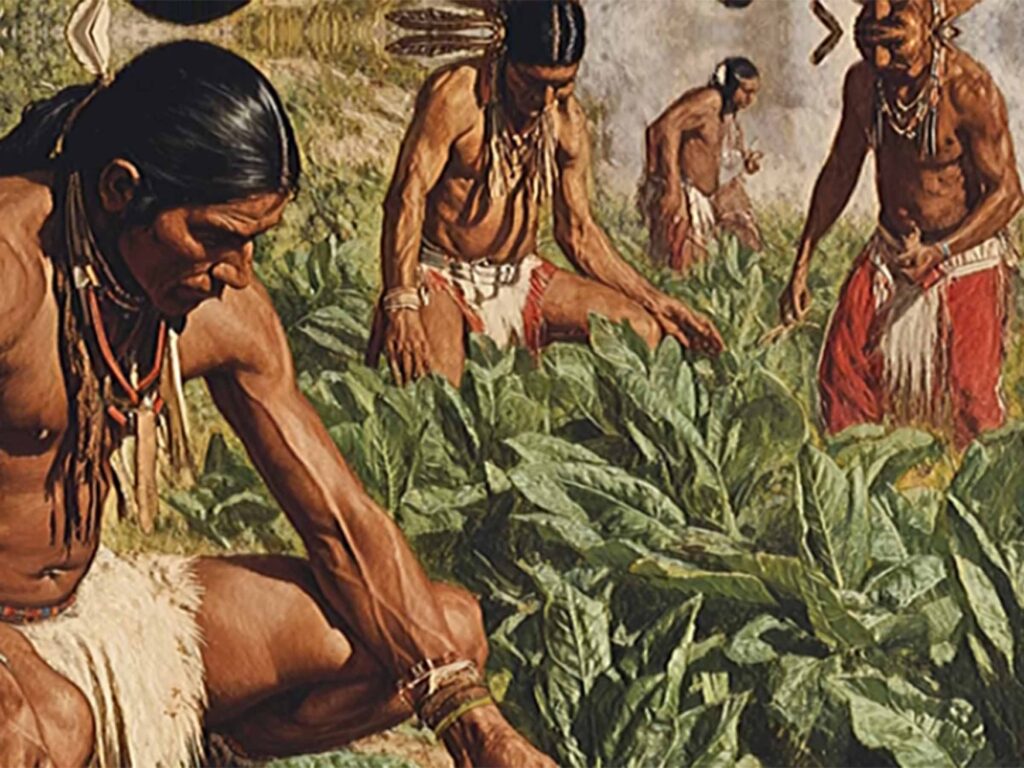
The story of colonial America’s economic success is intrinsically tied to the cultivation of tobacco, a plant that by the early 17th century had become one of the most important cash crops in the world. Initially cultivated by indigenous peoples for ceremonial, medicinal, and recreational purposes, tobacco quickly transformed into the cornerstone of the English Colonial economy largely due to the efforts of the merchant John Rolfe. Click here for a 33-minute video posted on September 20, 2024 by Native Americans And The Unkowns.
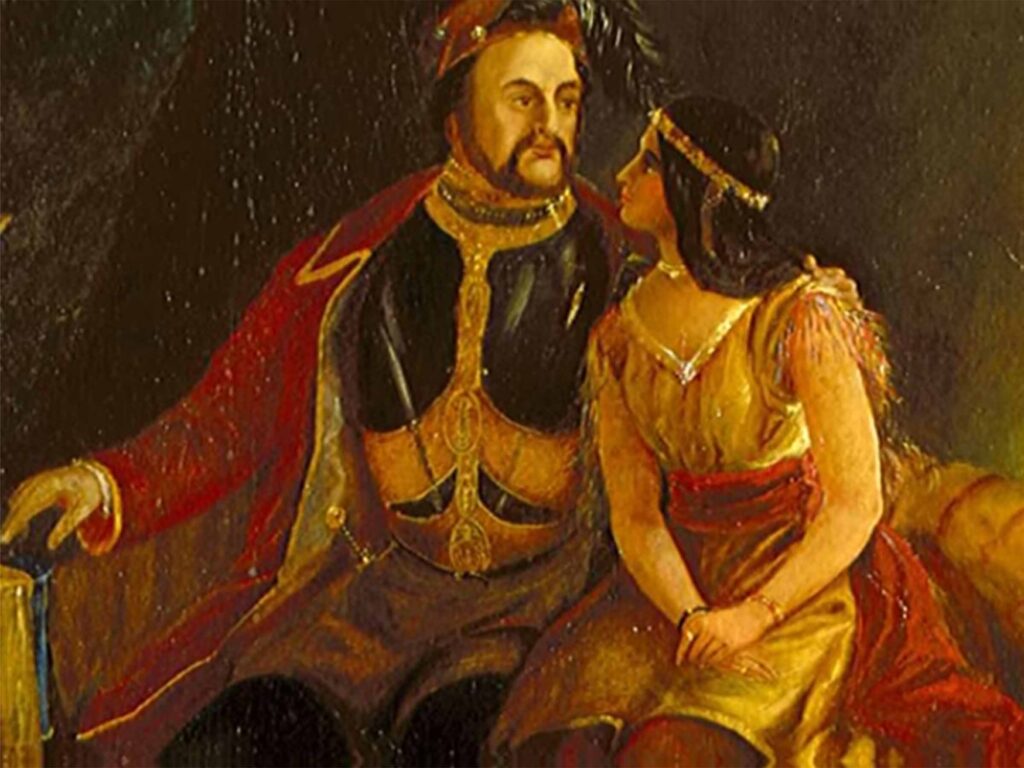
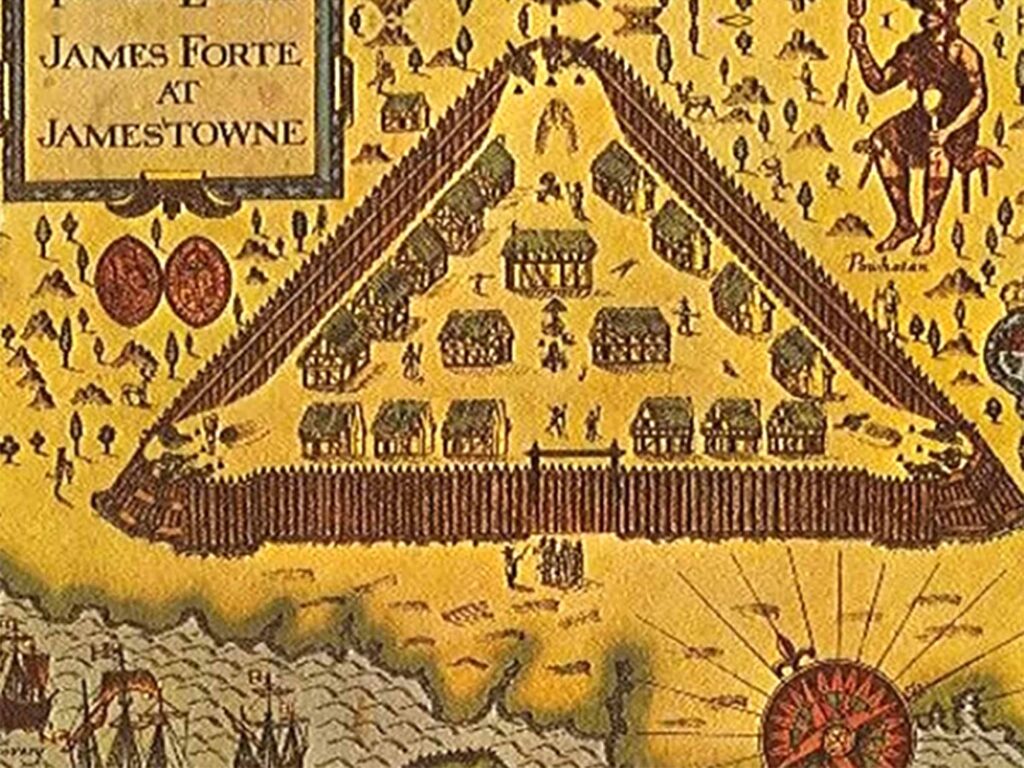
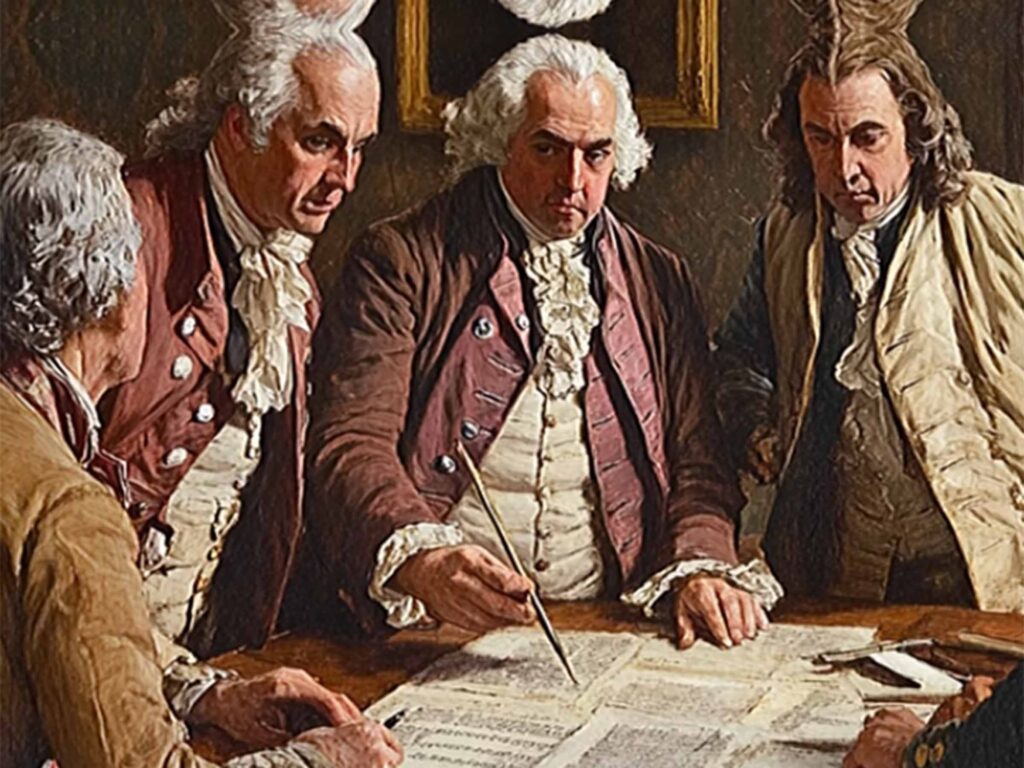
(Above) Rolfe, who married Powatan Princess Pocahantas in Jamestown, successfully experimented with cultivating a strain of tobacco from the West Indies that proved highly palatable to the European market.

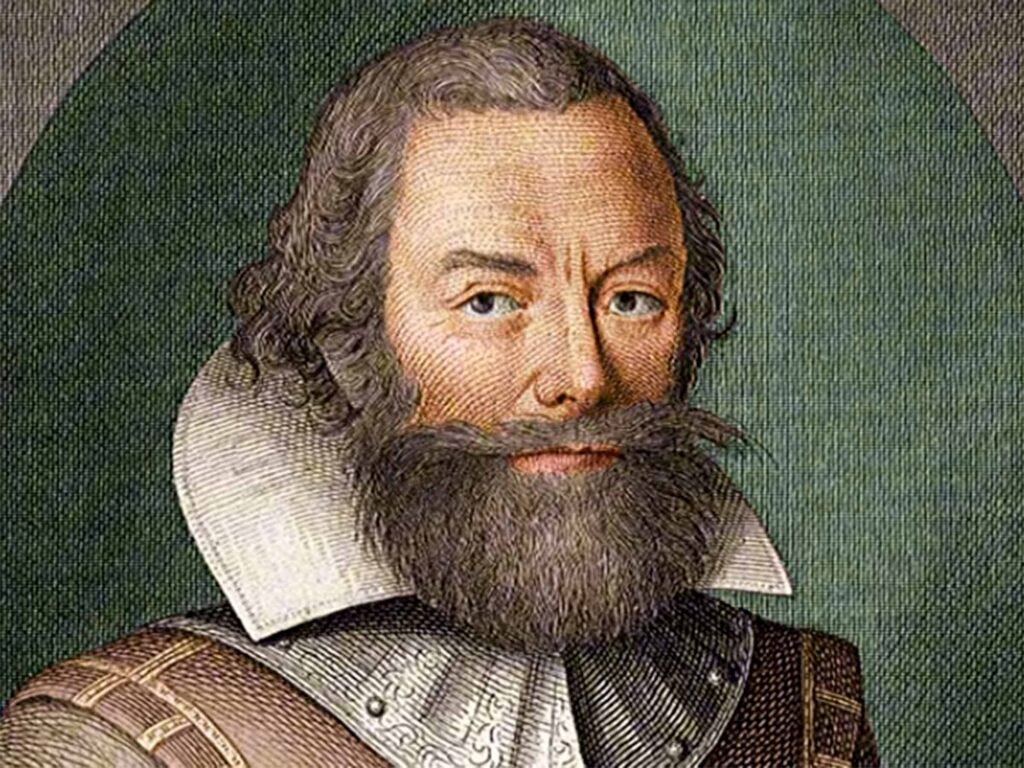
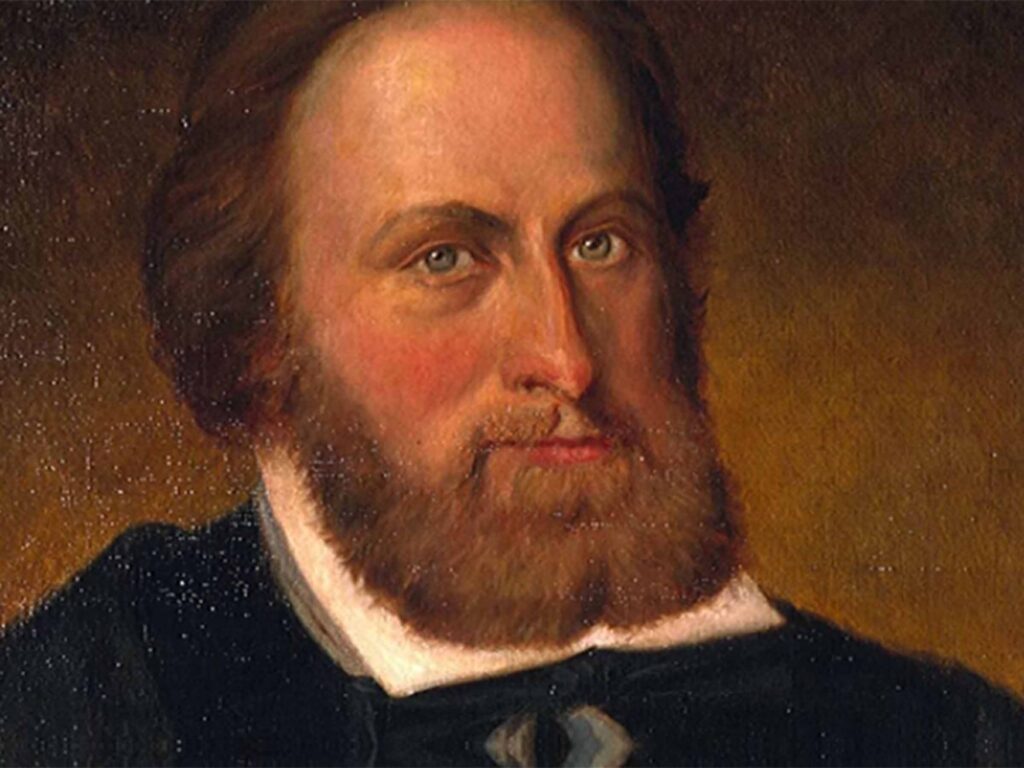
(Above, left) King James first granted a charter to the Virginia Company of London, a joint stock company whose investors pooled their resources to fund another expedition. (Above, center) Captain John Smith one, of the few experienced leaders among the group, quickly realized that the colony would not survive unless the settlers began to work for their food. (Above, right) New settlers Sir Thomas Gates and Sir Thomas West Lord de la War took control of the colony’s government instituting martial law and strict discipline to restore order.
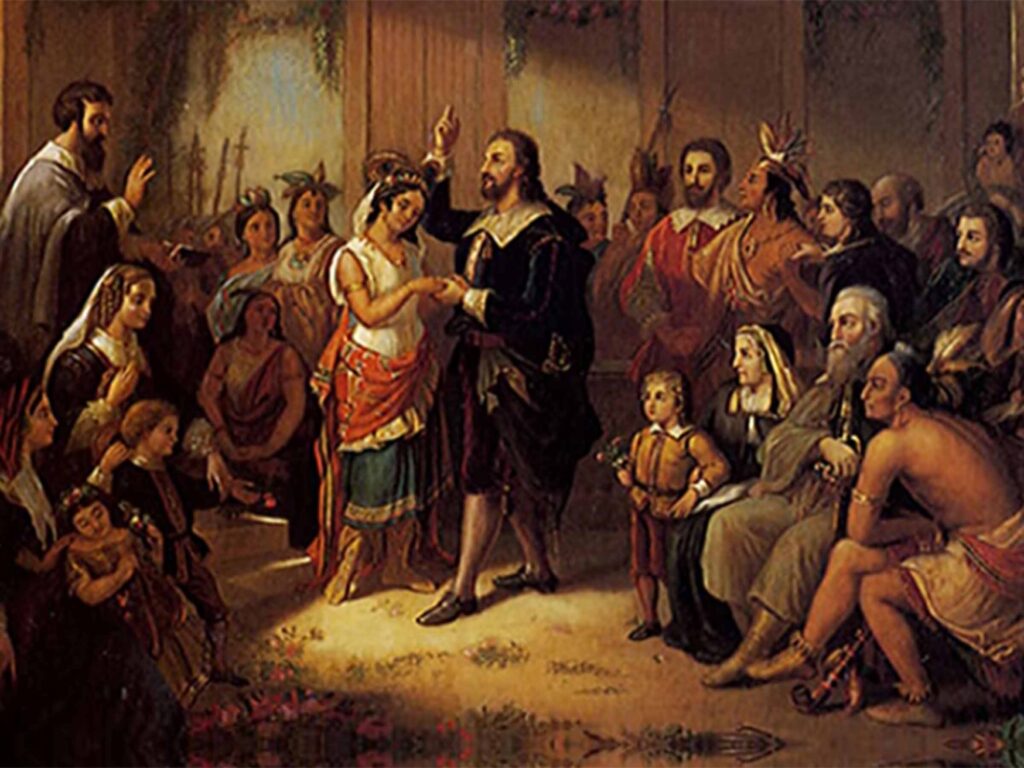
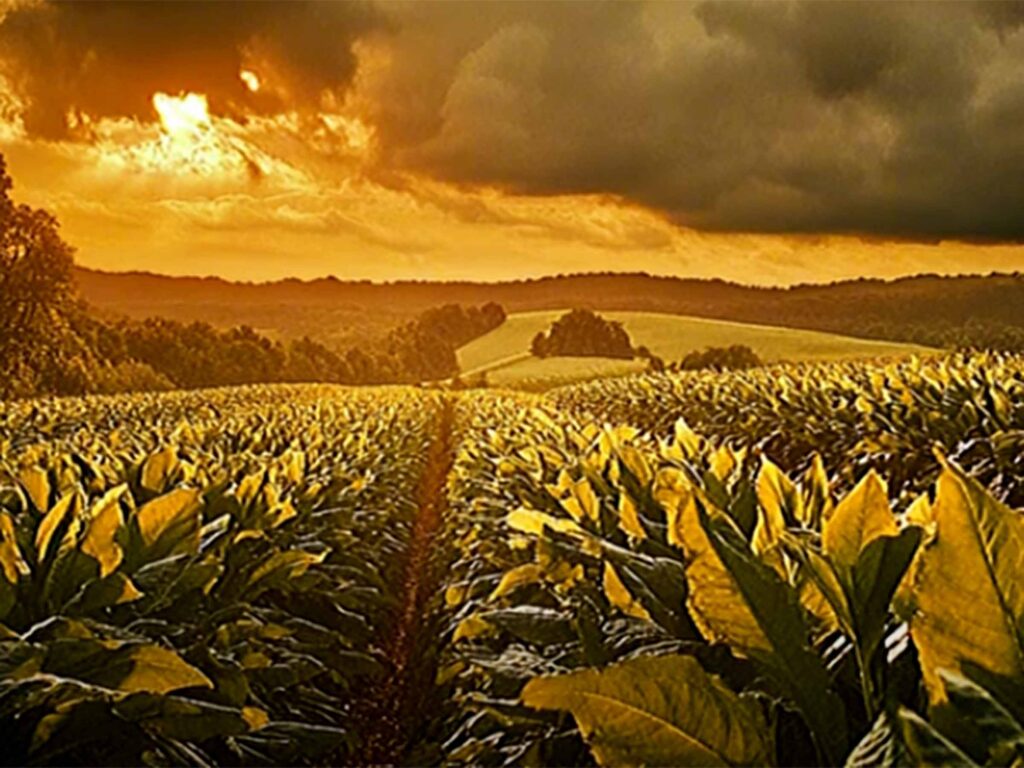
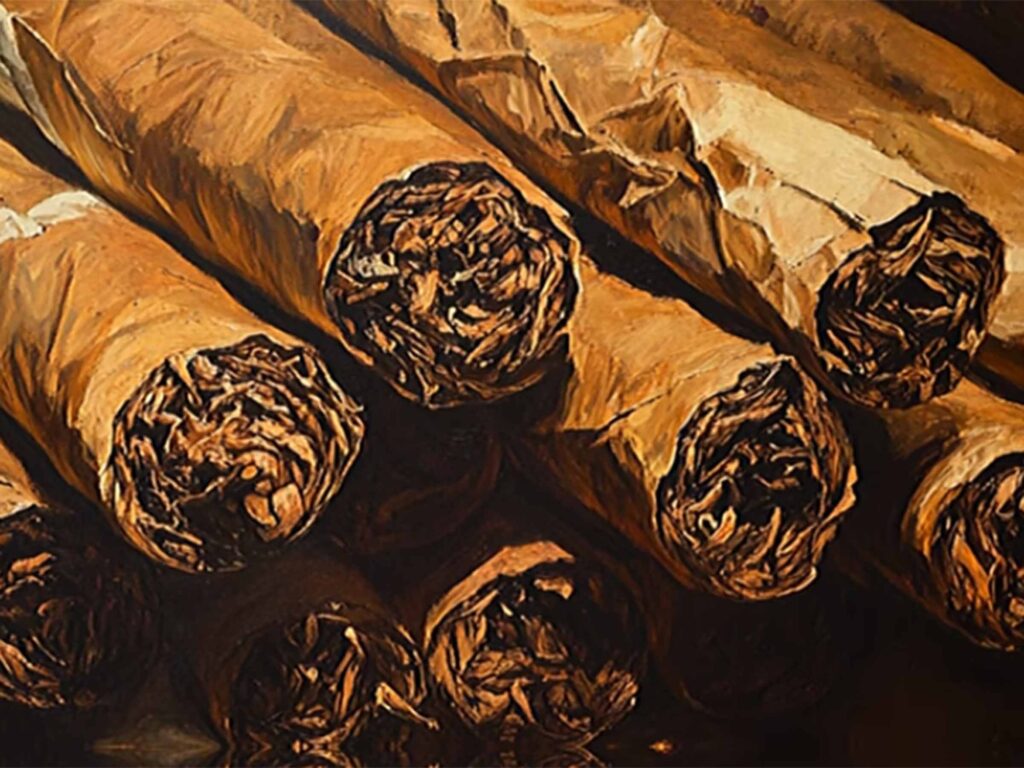
The survival of the Jamestown Colony, the once struggling settlement, had found its economic foundation as tobacco quickly became the economic lifeblood of Virginia. By the early 1620s, the colony was exporting more than 30,000 lbs of tobacco annually and this figure would continue to rise dramatically in the following decades.
